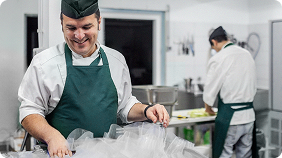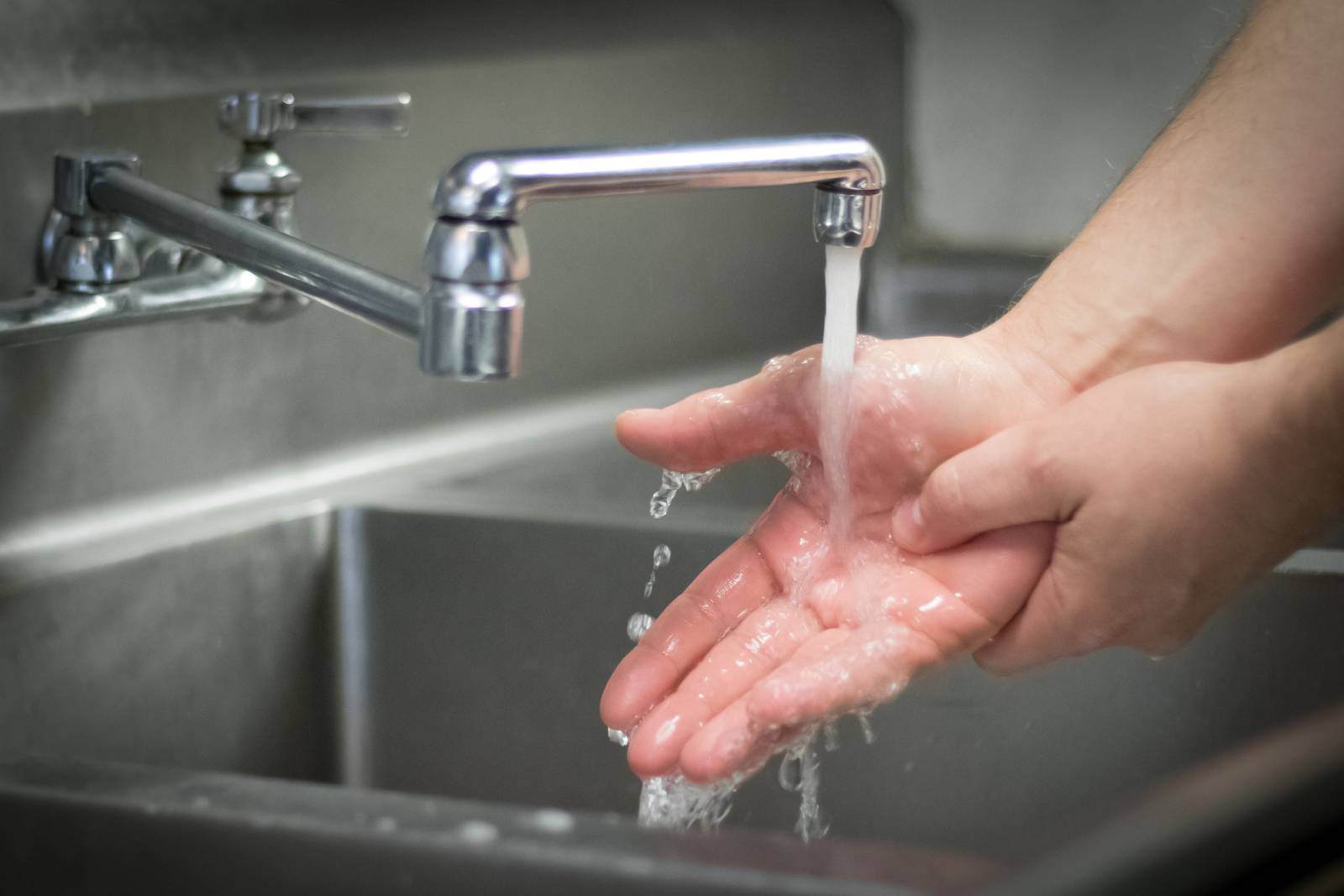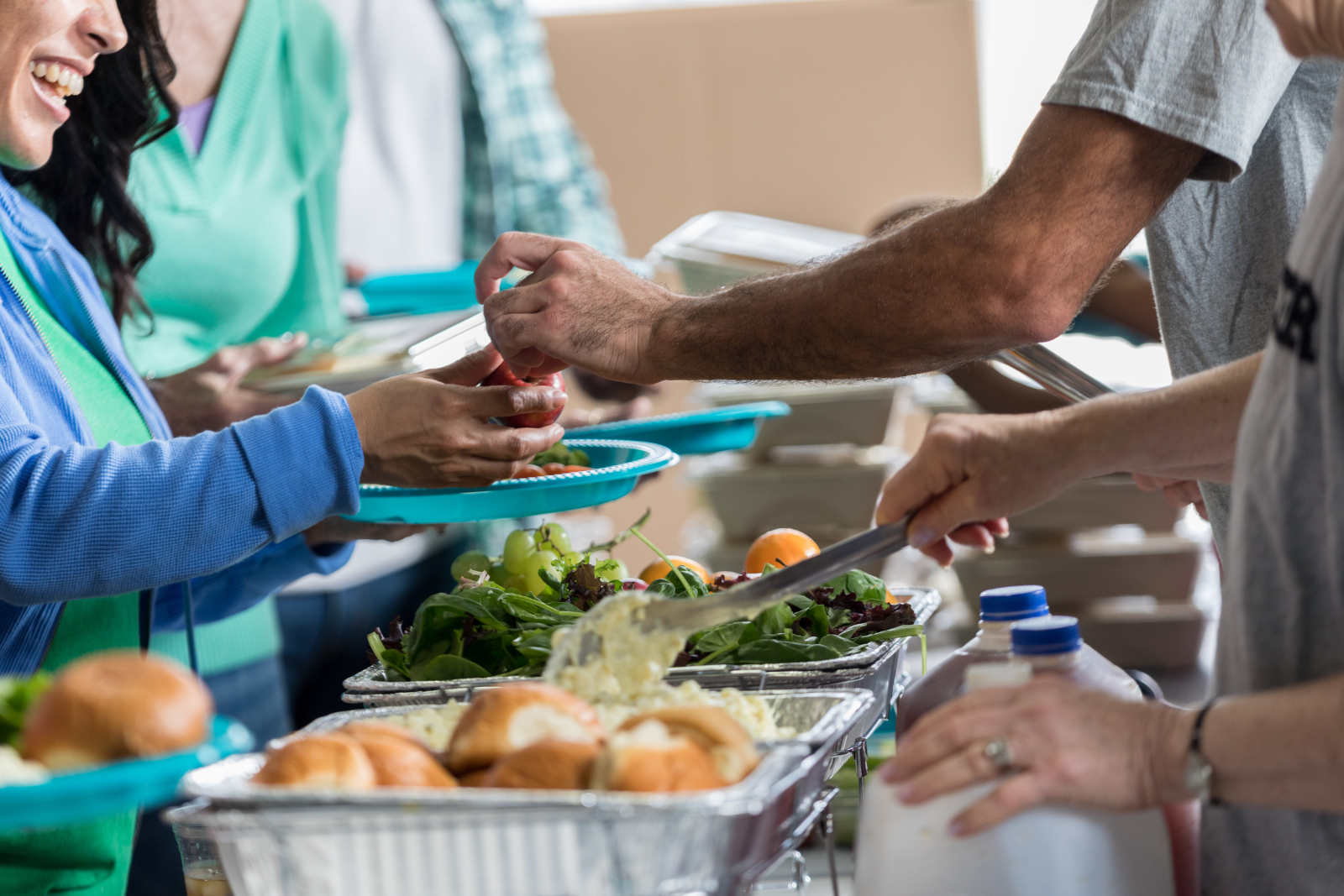Handwashing is a cornerstone of food safety–and one of the best ways to prevent the spread of germs that cause food poisoning and foodborne illnesses. Without good hand hygiene, viruses and bacteria can easily make their way from your hands onto the hands of others–or their food.
Unfortunately, a recent survey from the Centers for Disease Control and Prevention (CDC) found that food workers only wash their hands one out of every three times necessary.1
So if hand hygiene is so important, what gives?
Read on to explore some handwashing horror stories that may inspire better hand hygiene habits. Then, we'll discuss some best practices to keep everyone on track.
Common Mistakes in Handwashing
Hand washing horror stories
Handwashing is a simple yet effective way to prevent disease. Unfortunately, people often overlook it or take access to handwashing facilities for granted. Let’s look at a few horror stories to highlight its importance.
First up? Typhoid Mary.2
Many people think Typhoid Mary was just a myth, but she was a real person whose poor hygiene spread typhoid fever to 51-122 people, resulting in at least three deaths. Mary insisted on continuing her work as a cook despite being forced into quarantine twice. After questioning in 1907, she admitted she “almost never” washed her hands.
While “hand hygiene” wasn’t a concept then, Typhoid Mary's story should remind us how important properly washing our hands (especially when working in the kitchen) and staying home when sick are to disease prevention.
More recently, a YouGov asked 24,747 U.S. adults about their handwashing habits at home. The survey specifically focused on how often they wash their hands with soap after using the restroom. Only 58% responded they “always” wash their hands with soap.3
On top of that, a recent study of foodborne illness outbreaks found that 89% involved transmitting pathogens to food from workers’ hands.4
Common mistakes in handwashing and how to fix them
Skipping the handwashing sink has serious consequences. Let’s review some common mistakes to ensure you get the most out of your handwashing routine.
Not washing often enough
The CDC reports that only 25% of workers wash their hands after handling raw animal products or dirty equipment.4 Only one in ten washed their hands after touching their face, body, or hair.
Handwashing should be a regular habit. You should wash your hands before and after you prepare or consume food, use the restroom, and touch any equipment.
You should also wash your hands after touching your eyes, nose, or mouth–especially after blowing your nose, coughing, or sneezing.
Only washing after you use the bathroom
One of the biggest mistakes people make regarding handwashing is limiting it to only after using the bathroom.
Think about all the germs you encounter throughout the day as you touch doorknobs, shake hands, or handle items like your phone and laptop.
These can transfer germs to your hands, even if you think they’re clean.
Relying on hand sanitizer
You may wonder why handwashing is important when hand sanitizer is convenient and easy to use. While you can turn to it in a pinch, washing your hands with soap and water should always be your go-to.
Use enough alcohol-based hand sanitizer to cover your hands completely. Rub the sanitizer into every part of your hands. Let it dry for at least 20 seconds to avoid wiping it off.
Remember, hand sanitizers aren’t always enough to cut through visible dirt or grease. If your hands are dirty, sanitizer won't remove the germs on your skin.
Assuming you have to use hot water
Handwashing works by physically removing germs and dirt from the surface of our skin.
As you lather, soap molecules attach to the dirt and germs, lifting them off your skin. When you rinse with water, the soap and germs go down the drain, leaving you with clean hands.
Here's the kicker: hot water doesn't make this process more effective. Studies have shown the temperature of the water you use to wash your hands doesn't matter. The CDC recommends using “warm or cold" water for handwashing.
Skipping the soap
Water alone isn’t enough to eliminate all the germs on your hands. Soap penetrates and dissolves all the dirt, grime, and grease on your hands, allowing you to rinse pathogens away. It can also help water spread evenly on your hands, making handwashing more effective.
You should apply enough soap to cover all the surfaces of your hands. Then, wash for at least 20 seconds (enough time to sing the “Happy Birthday” song).
You do not need to use antibacterial soap to kill germs effectively. In fact, overusing antibacterial soap can contribute to the development of antibiotic-resistant bacteria, which can be incredibly dangerous to public health.
Not drying your hands
Drying your hands may not feel necessary. However, leftover water on your hands can become a breeding ground for bacteria and other germs.
Always shake excess water back into the sink and then dry them thoroughly with a clean towel or fresh paper towel.
Missing the germiest “hot spots”
Many people don’t realize that only rubbing their palms and fingertips isn't enough when washing their hands.
Your fingernails and nail beds are two of the dirtiest parts of your hands, and they can harbor all sorts of unpleasant bacteria and germs. Always scrub underneath and around your nails to clean out dirt or debris–and don't be afraid to use a nail brush if you need one.
Many people wear rings or other jewelry on their hands, which can harbor germs. However, if you work with food, consider leaving the jewelry at home before you come in for the day.
The takeaway
Handwashing may seem simple, but it is critical to food safety and public health. There are severe consequences when food handlers don’t take hand hygiene seriously. Adopting consistent handwashing practices and food safety training can help you and your team reduce the risks of foodborne illnesses. Remember, every time you wash your hands, you are helping protect your health and the health of everyone around you!
Sources:






.png)

.png)
